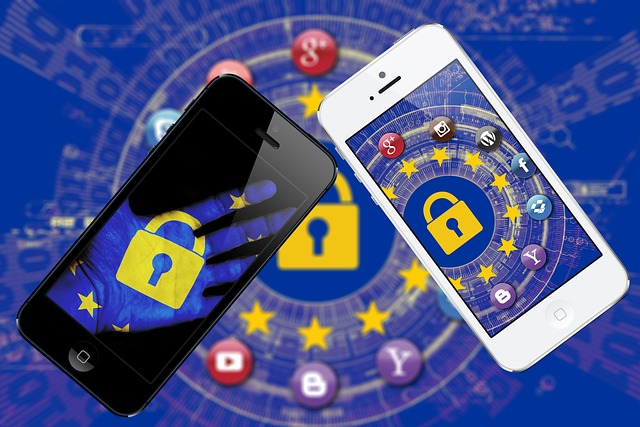Navigating Digital Rights in Today’s Community: Exploring Technology Etiquette and Social Trends
In an increasingly connected world, understanding digital rights has become essential for fostering a respectful and inclusive community. As we navigate the complexities of our digital lives, the interplay between technology etiquette and social trends plays a significant role in defining our interactions and safeguarding our rights online. In this landscape, it’s crucial to cultivate awareness and adapt our behaviors to not only protect ourselves but also respect others.
Understanding Technology Etiquette
Technology etiquette refers to the unwritten rules of conduct that guide our behavior in the digital realm. Just as we adhere to social norms in face-to-face interactions, we must learn to translate these customs into the online environment. Being mindful of others’ digital rights means acknowledging their privacy, intellectual property, and digital presence.
For instance, before sharing a friend’s personal photo on social media, it’s good etiquette to ask for their permission. This small act can prevent potential misunderstandings and respect their rights as an individual. Moreover, respecting copyright laws by giving credit to original creators reinforces a community culture that values creativity and the hard work of others. By practicing considerate online behavior, we can create a more supportive and friendly digital environment.
Social Trends Shaping Digital Rights
Social trends also play a pivotal role in shaping the discourse around digital rights. In recent years, movements advocating for online privacy, data protection, and equitable access to technology have gained momentum. These trends highlight the collective concern for individual rights in the digital space, prompting communities to engage in discussions about the implications of technology on everyday life.
As discussions around mental health and well-being gain traction, many individuals are re-evaluating their relationship with technology. The rise of digital detox trends, for example, demonstrates a community-driven desire to balance online interactions with real-life connections. This shift not only emphasizes the importance of individual digital rights but also serves as a reminder that our online presence and mental health are interlinked.
Empowering Community Through Awareness
Empowering our community to understand digital rights is pivotal in today’s technology-driven society. By promoting digital literacy, we can help individuals recognize their rights and responsibilities online. Workshops, community forums, and online resources can serve as valuable platforms for education, ensuring that every community member is equipped to navigate the complexities of the digital landscape responsibly.
Incorporating discussions about digital rights into community activities can also foster a sense of solidarity. When we recognize that our experiences are shared, it strengthens our resolve to uphold respect and empathy in our digital interactions. As we create more inclusive environments, we lay the foundation for a community that not only values individual rights but also promotes collective well-being.
As we continue to embrace the digital age, let us take these lessons to heart. By integrating technology etiquette into our daily lives and staying attuned to emerging social trends, we can shape a brighter future for our communities—one that respects and upholds the digital rights of all.




